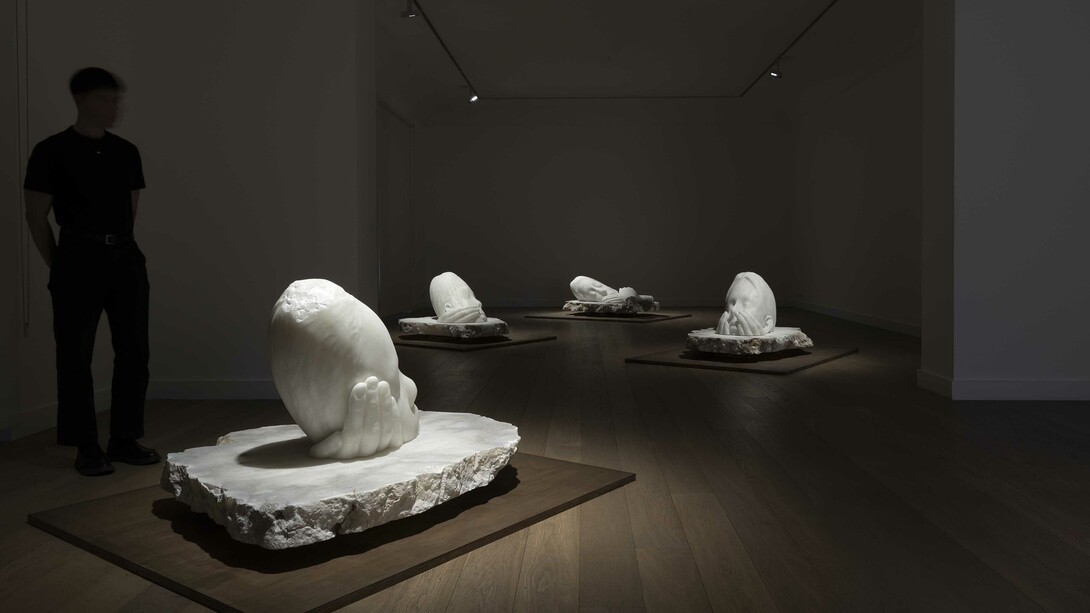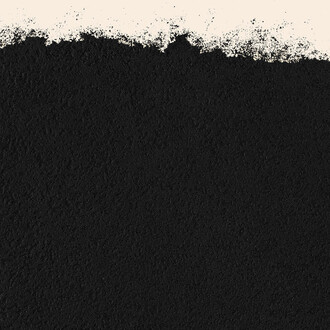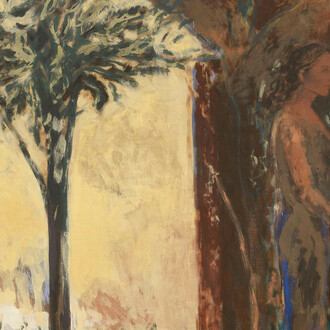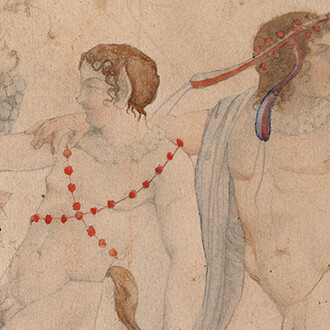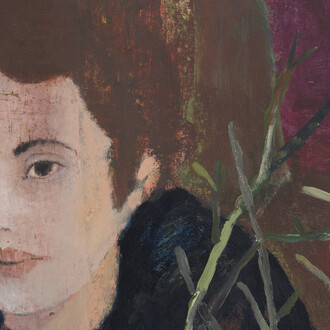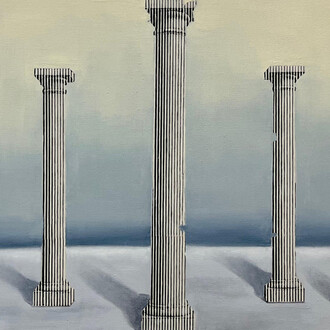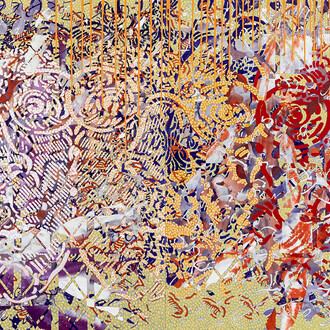Jaume Plensa, a major international figure in contemporary sculpture, presents his new exhibition 5 rêves, 5 désirs at Galerie Lelong. Conceived specially for Paris, 5 rêves, 5 désirs takes place in all our spaces: the gallery and its bookshop at 13 rue de Téhéran, and a second gallery space at 38 avenue Matignon. It brings together an ensemble of recent creations – sculptures in alabaster, iron, and bronze, as well as works on paper – where the material, the human figure, and silence, form a deeply contemporary sculptural vocabulary.
Two key words in Plensa’s poetic lexicon appear in the title of the exhibition. Already present in Désir-rêve (his 1997 exhibition at Jeu de Paume in Paris), rêve (dream) and désir (desire) permeate Plensa’s oeuvre as cerebral, corporeal, and spiritual forms. Dream and Desire re-emerge in his installations, the one in the public space in Vitry-sur-Seine for instance, finding a renewed translation of plasticity.
At 13 rue de Téhéran, five alabaster sculptures are placed horizontally on the floor, their oval shapes evoking waterlilies or floating stones. Out of this assemblage come human faces – at times accompanied by hands in tender or caressing gestures – seemingly rising from a liquid surface. Alabaster, polished or raw, plays on the tensions of texture and of light. The contrast between ruggedness and transparency inscribes each sculpture with a sensory ambiguity, one between minerality and fantasy. These visages are an invitation to silent contemplation, to a poetic escape through the human figure.
At 38 avenue Matignon, three sculptures are presented on two levels. On the ground floor, two large portraits face each other; they are made in cast iron, a dense and oxidized material. On the first floor, a bronze face, painted white, has a near ethereal presence. In these three works, separate but in conversation, the material becomes symbolic of a state of being. Iron anchors; white bronze elevates. In two contrasting materials, the same face expresses two intensities of desire, terrestrial and spiritual. Around these countenances, sculpted hands introduce a dimension of peace and introspection.
In our bookshop, prints and recent drawings are on display. Jaume Plensa has set about an investigation of form, parallel to his research in sculpture. Faces drawn in profile, using mesh patterns, seem to float on the surface of the paper, between appearance and disappearance, attendance and absence. Drawing here becomes a space of concentration, of breathing, of restrained presence. In a more intimate register, it extends the tensions which sculpture unfolds in space.
